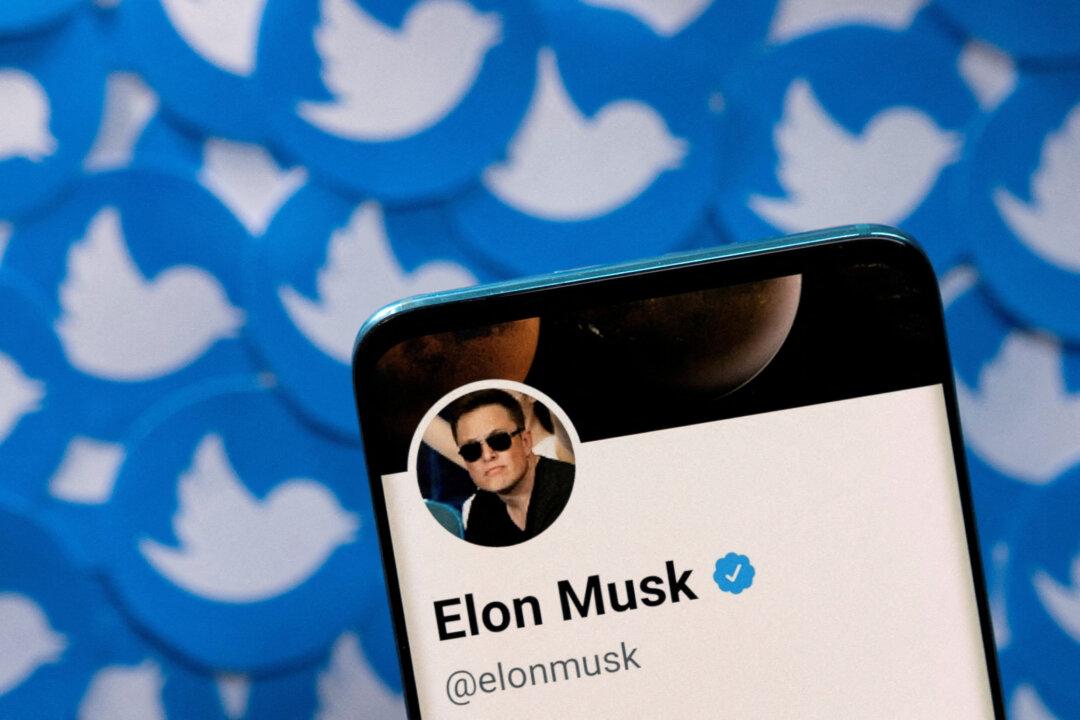Commentary
The Bible says, “Thou shall not covet,” but for years I secretly coveted something many had: Twitter’s blue check mark.

The Bible says, “Thou shall not covet,” but for years I secretly coveted something many had: Twitter’s blue check mark.